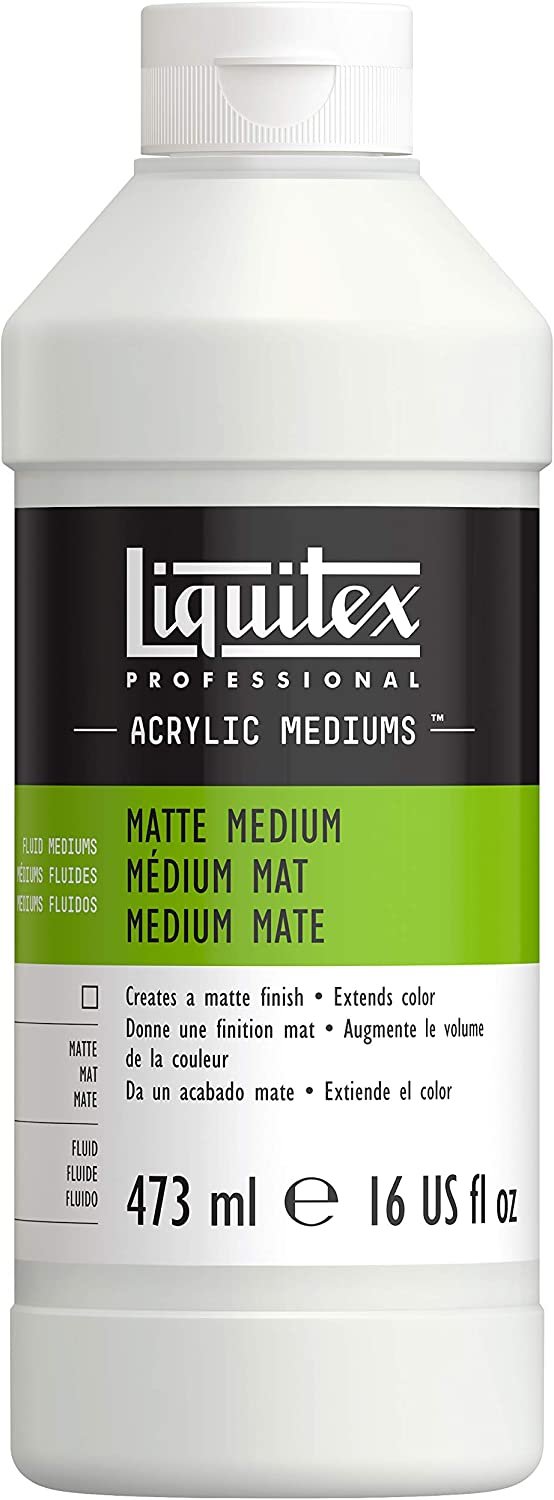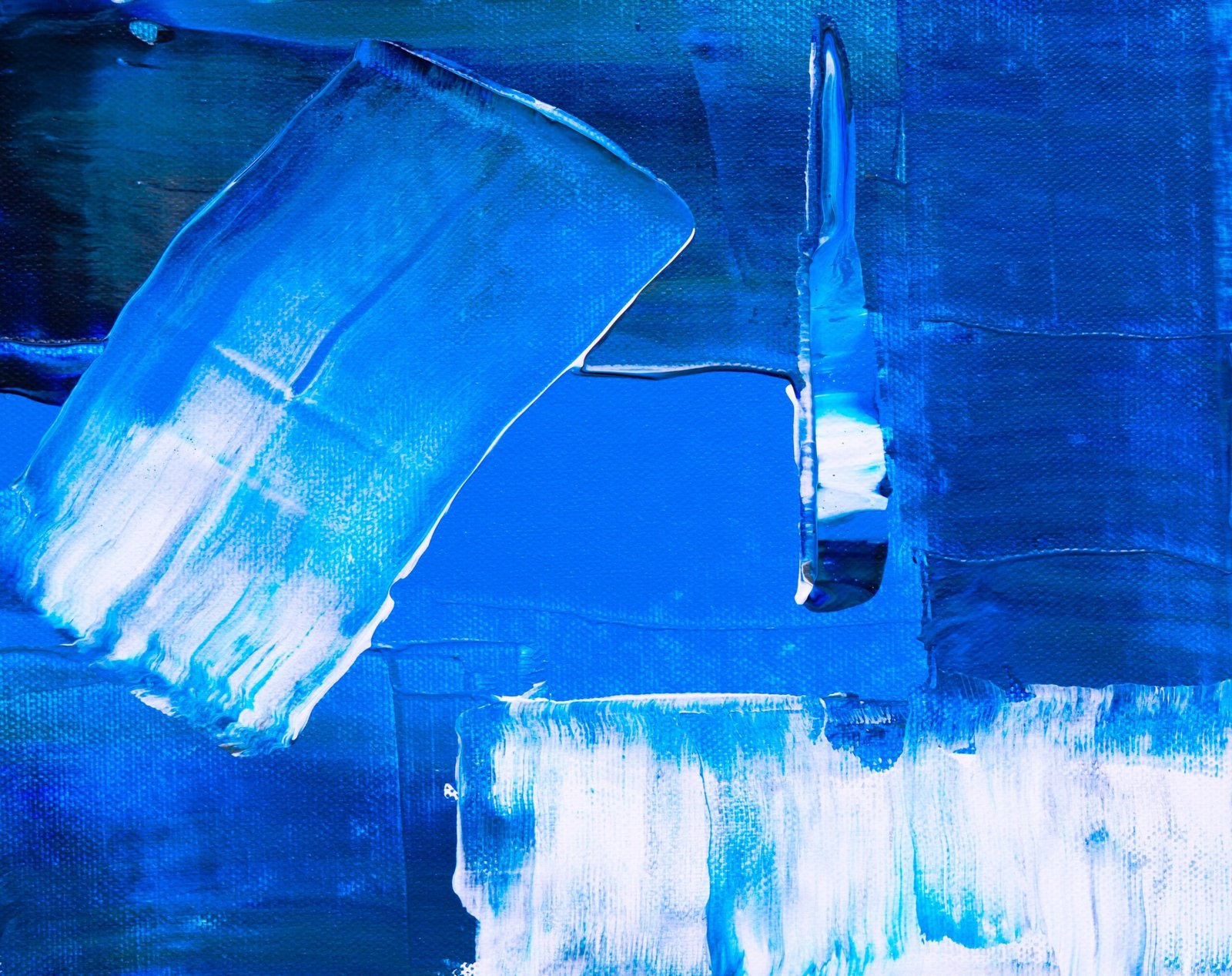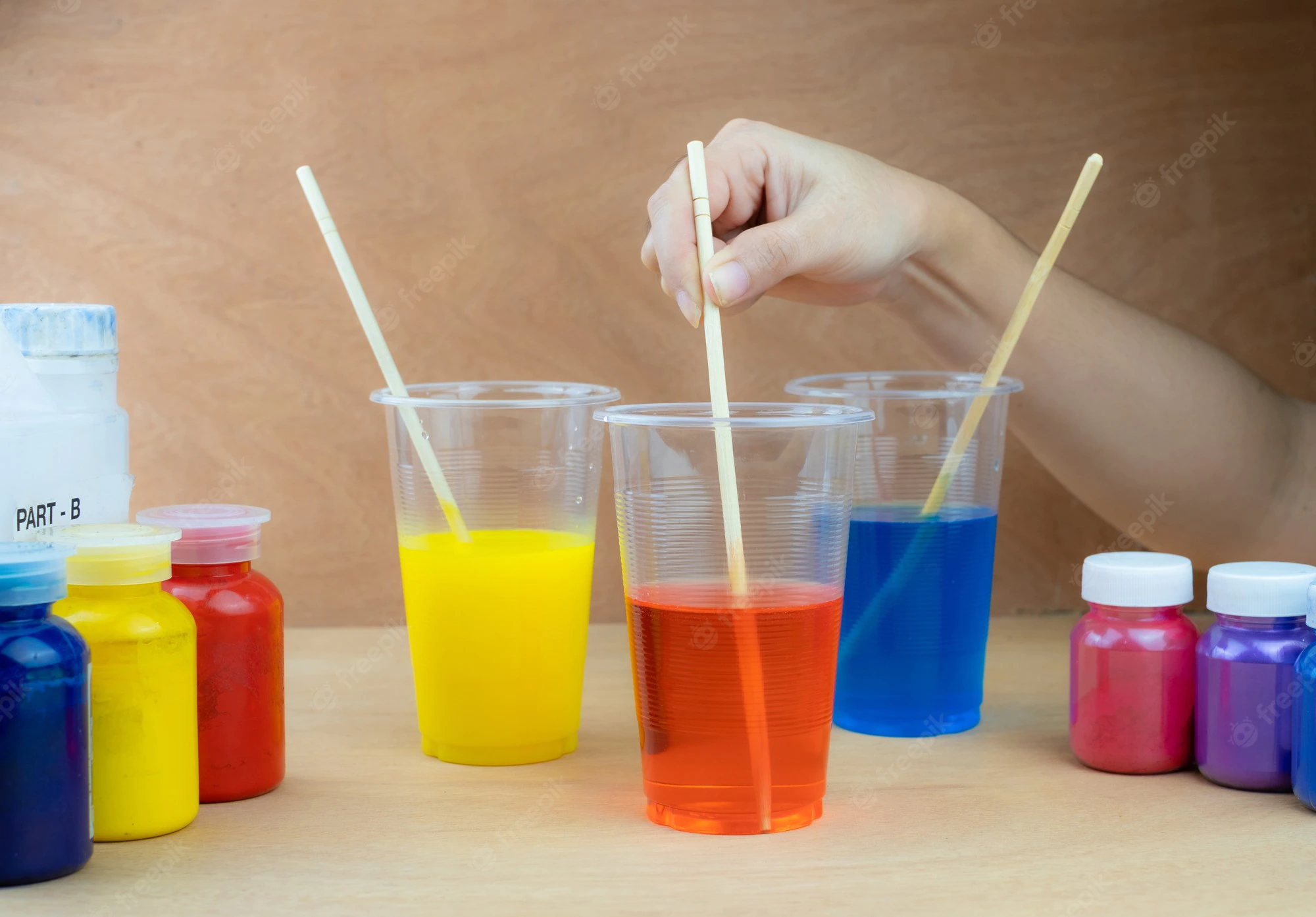You hear a lot of people talk about mixing acrylic paint and water to create washes, glazes, and a variety of other effects. At first glance it seems like you’re mixing oil paint into turpentine, but if you think about it for a moment you’ll realize that’s an entirely different liquid. So, can you add water to acrylic paint?
You can add water to acrylic paint. Adding water will make your paint more transparent, which is useful for glazing techniques. If you need to thin the consistency of your paint, add a few drops of water at a time until it reaches the desired consistency. However, also keep in mind that adding too much water will dilute pigment and make your acrylic paint weaker in color and adhesion. If you must add water, keep the ratio at 2:1 (paint: water)to achieve the desired effect without compromising the overall quality of the paint.
Some acrylic users say that it’s okay because acrylic and water mix together; others have the opposite view. It does not really matter because n this article, I’ll be telling you exactly why adding water to acrylic paint is a good idea.
Related Reading
- Can You Mix Oil and Acrylic Paint?
- How Long Do Acrylic Paints Last?
- Is Acrylic Paint Flammable?
- Do Acrylic Paints Wash Off?
What Happens if You Mix Acrylic Paint With Water?

When you add water to acrylic paint, it changes the consistency of your paint mixture and dilutes its texture by adding more fluidity to your medium. This means that if you are trying to achieve a thick texture with your acrylics, adding too much water will cause them to lose their body and become runny.
Acrylic paint is water-based . This makes it even easy to use water with acrylics when you’re painting on metal, plastic, wood, shoes , skin, fabric, paper, leather, glass or canvas for an interesting effect. The dappled effect that occurs when light bounces off the surface of clear water is known as iridescence and can be used to create beautiful paintings.
How Much Water Can You Safely Add to Acrylic Paint?
It depends on what type of acrylic you’re using. The ratio should be approximately 2:1 (paint: water). For example, if you want to thin your acrylic paint by 20 percent, mix one part water with maximum of 2 parts of acrylic paint.
If your mixture is too thick, it will take longer for the paint to dry and may not fully cover the surface evenly when applied. On the other hand, if your mixture is too thin, the color may appear diluted and unevenly applied once dry. But, there are no hard-and-fast rules about how much water you should add to make the paint thinner.
However, if you want to make your acrylic paint even thinner than this, then you should add 60% water to your paint and mix it. This will help prevent any potential clumps from forming in your painting later on.
Thinning Acrylic Paint With Water for Beginners

Well , maybe you bought a heavy body paint that is too thick for your liking and now you want to thin it out , follow this simple guide;
- Gather your materials: You’ll need your acrylic paint, a palette or mixing tray, a palette knife m stick or brush for mixing, and a container of water. These materials will make your mixing really easy.
- Squeeze a small amount of acrylic paint onto your palette or mixing tray: Start with a small amount of paint, as you can always add more later.
- Immerse your brush or palette knife in water briefly: It’s recommended to dip them for only a few seconds as adding too much water all at once should be avoided.
- Mix the water into the paint: Start mixing the paint and water together using your brush or palette knife. As you mix, you’ll notice the paint become thinner and more translucent. You would want to start at a 2:1 ratio first.
- Check the consistency of the acrylic paint: Keep mixing until you reach the desired consistency. If the paint is still too thick, you can add a few more drops of water until it reaches the consistency you need.
- Test the thinned acrylic paint on a surface: Before using the paint on your artwork, test it on a separate surface, such as a piece of scrap paper or cardboard. This will give you a sense of how the thinned paint behaves and dries.
- Repeat as needed: If you need to thin out more paint, simply repeat the steps above until you have enough thinned paint for your project.
Expert Advice: I advise you to use water sparingly when thinning acrylic paint. If you add add too much water, you may dilute the pigment and weaken the paint’s adhesion. Start with small amounts of water and gradually add more as needed.
Acrylic Paint Thinner Substitutes
Acrylic paint is fast drying, low cost and easy to use. But, it also comes with some problems. So, if you are looking for an acrylic paint thinner substitute then here are some alternatives:
1.Acrylic Matte Medium
One of the most commonly used methods for thinning acrylics is with matte medium. This product is typically made from linseed oil and other ingredients that help it dry more quickly than unadulterated paint. Matte medium can also be mixed with other types of mediums such as gloss or gloss medium in order to create custom blends designed for specific purposes or effects. The best matte mediums in the market right now that you can try out are ;



2.Acrylic Gloss Medium
Unlike matte medium, gloss medium can be used as an alternative to water when thinning acrylic paints because it doesn’t slow down drying time as much as matte medium does.
However, it does add a shiny gloss finish to your painting, which may or may not be desirable depending on what effect you’re going for in your artwork. If you want to keep your painting fairly glossy but still want to thin out your paint a little bit, then try using gloss medium for this purpose instead of matte medium since gloss. For a glossy finish, try out the U.S. Art Supply Clear Gel Medium Gloss Acrylic Medium . I do understand that some painters prefer a satin medium, the Winsor & Newton Professional Acrylic Medium, Flow Improver will give you that.
3.Heavy Gels
The heavy gel is another good option when it comes to making acrylic paint thinner. This gel works well if you want to thin down your paints in order to achieve an opaque effect or if you’re looking for something that will help your colors blend easily together without any issues. However, keep in mind that there are some limitations with this product such as how much color mixing you can do before it starts becoming too thick again which means you’ll need to practice before use.
4.Linseed Oil
Linseed oil is a popular diluent for oil paints. It’s also used as a food additive to preserve (make the shelf life of) foods like olives and salad dressings. Linseed oil is also made from flax seed, which is pressed and liquefied to extract the oil. The resulting liquid is clear, odorless and has a low viscosity (thin).
It is included in most brands of artist’s paint, so it shouldn’t cost much to buy some at the art supply store or online. It comes in both raw and boiled forms, with boiled linseed oil being less viscous than raw linseed oil. Boiled linseed oil has less residue than raw linseed oil and therefore won’t leave your brushes as oily as they would be with raw linseed oil.
If you’re using oils or watercolors, you may want to use boiled linseed oil because it reduces the chance that the paint will change its consistency over time due to evaporation. If you find it tiresome to mix acrylics with mediums, you may want to consider purchasing pre-mixed acrylic oil paint such as Paul Rubens Oil Paint. It comes with 20 Bright Oil Colors with High Saturation, which can provide a polished and shiny surface.
5.Turpentine
Turpentine is the most widely used thinner in oil painting and there are a number of reasons for this. Turpentine is made from pine resin, so it has a natural affinity with oil paint. It also has a very low viscosity, which means that it penetrates into the surface of the paint film easily. This makes turpentine an excellent solvent for removing excess oil paint from your brush or palette knife.
Can I Use Acrylic Paint Without Water?
You can use acrylic paint without water. Matte mediums, heavy gels or turpentine can be used to thin out acrylic paint . Matter of fact-acrylic paint is considered as one of the best painting materials for beginners. But, it will be better if you use a little water to make the paint more smooth and easy to apply on surfaces. This is because water is easier to use, dries quickly and does not require any special equipment.
Does Adding Water to Acrylic Paint Make It Transparent?
Adding water to acrylic paint is a common technique for making colors more transparent. It works because the water acts as a vehicle, or medium, for the pigment. The pigment dissolves in the water, then mixes with the binder (usually acrylic polymer emulsion) to make a paint film.
Adding water doesn’t change the chemical composition of the pigment. It just changes its physical properties. In some cases, adding water can make colors more transparent because it dilutes them and reduces their viscosity (thickness). Viscosity is measured in units called centistokes (cst). Acrylic paints have a range of 1-20 cst depending on how much polymer emulsion they contain.
Do Professional Painters Water Down Paint?
Painting professionals are often asked if they water down their paint. This is not only a bad idea, any painter can thin down acrylic paint with water. But it can also lead to problems with the paint’s consistency and durability.
Watering down acrylic paints will reduce durability and increase the chances of cracking over time. Also remember that thinning acrylics does not make them easier to apply or improve drying times. Acrylic paints dry by evaporation, not absorption. The more oil in your paint, the longer it will take to dry — even if you add water.
Can You Add Water to Acrylic Paint to Make Watercolor?
The perfect way to turn acrylic paint into watercolor is to add water. That’s right! By diluting acrylic paint with water, you can create a watercolor-like effect that is perfect for certain artistic techniques.
A general rule of thumb is to add about two cups of water for every one cup of acrylic paint. Sometimes, this can change depending on the thickness of the brand , type of paint you are using, as well as the desired color intensity.
When adding water to acrylic paint, start slowly and carefully. You can let the paint settle for five to 10 minutes before you begin pouring water into it. This will allow any settling pigment to distribute evenly throughout the paint. If you pour water too quickly, you risk over-diluting the paint and creating a weak, translucent color that is weaker than water color.
Frequently Asked Questions
Can you add water to acrylic paint?
You can add water to acrylic paint. The resulting mixture will be thicker than the original paint and take longer to dry, but the results are very similar to those of watercolor painting.
What does it mean when the color is called “transparent”?
Transparent colors are not opaque; they let light pass through them. They are often used as glazes over other colors or as washes or washes over an entire surface.
Can you mix oil paints with acrylics?
You can mix oil paints with acrylics. The resulting mixture will be more transparent than either of its components and may yellow slightly when exposed to light, but the results are very similar to those of traditional oil painting techniques.
Conclusion
At the end of the day, you’ll need to take some trial and error to figure out how to best mix water into your acrylic paint.
You might find that thinner works better in some cases, or that you want to go for a more bulking consistency instead. Like most things in art, it’s about experimenting and finding what works best for you. Good luck!
SOURCES
- The Spruce: How Much Water and/or Medium Can I Add to Acrylic Paint?
- Wiki How: How to Thin Acrylic Paint






